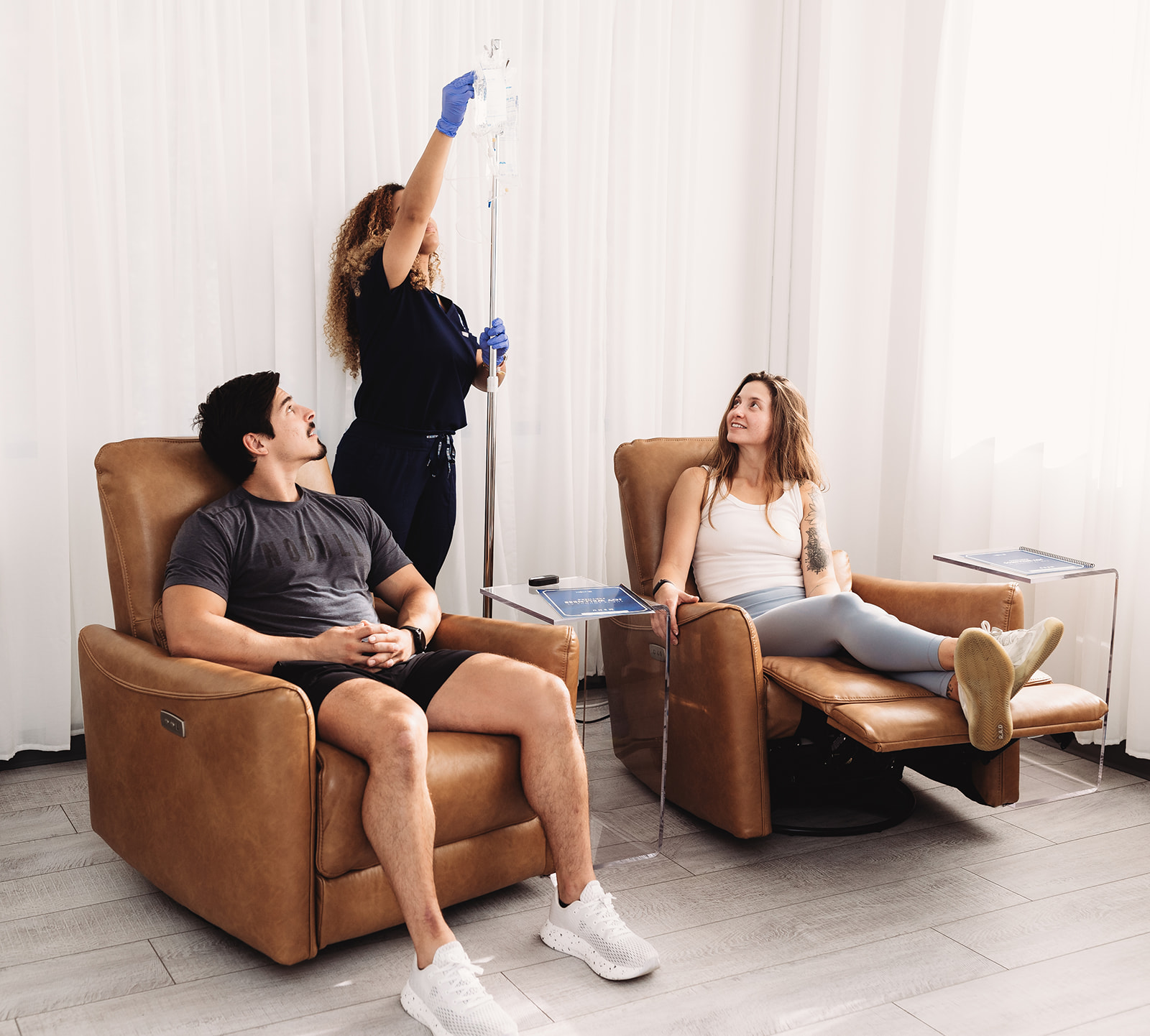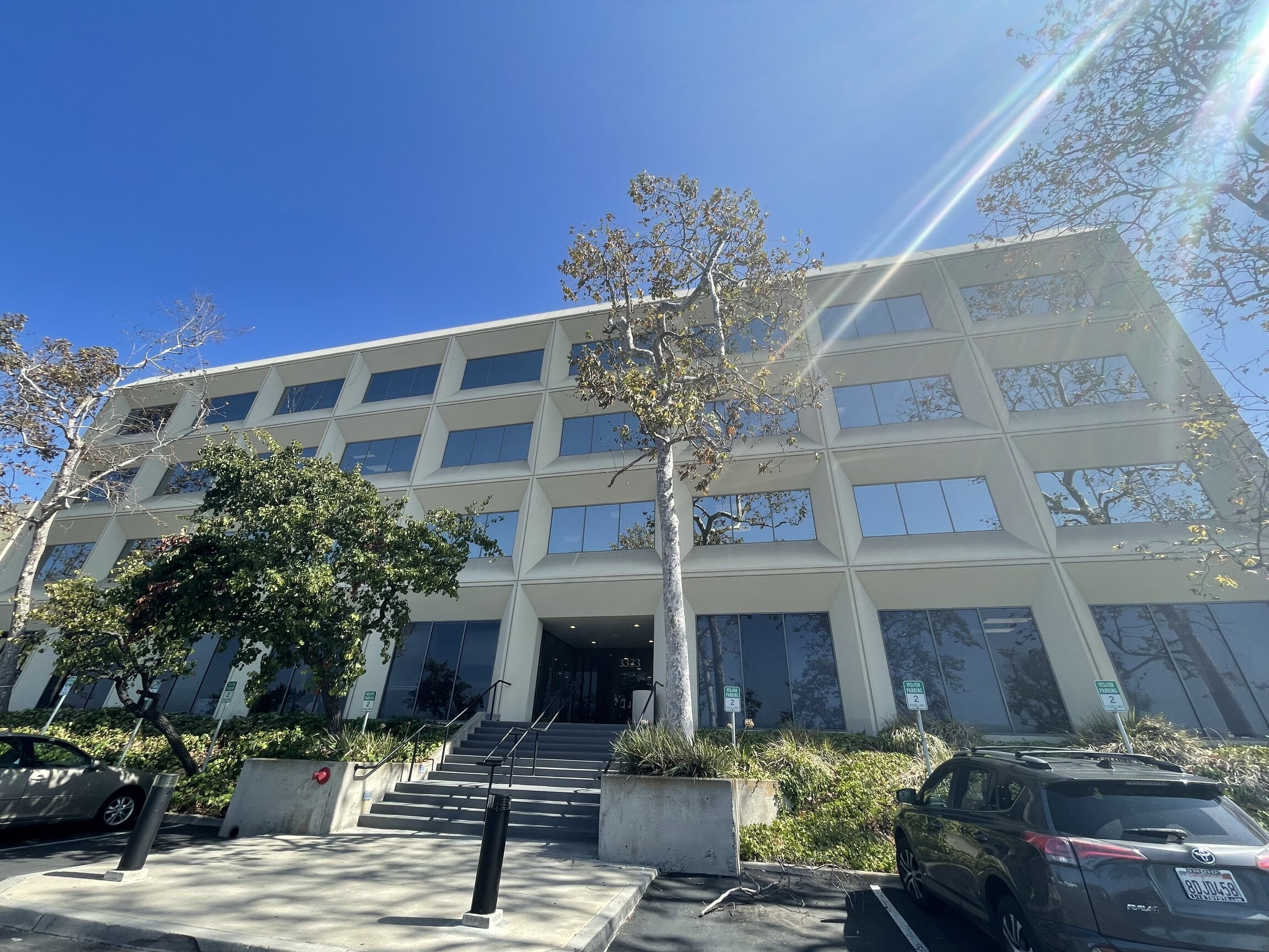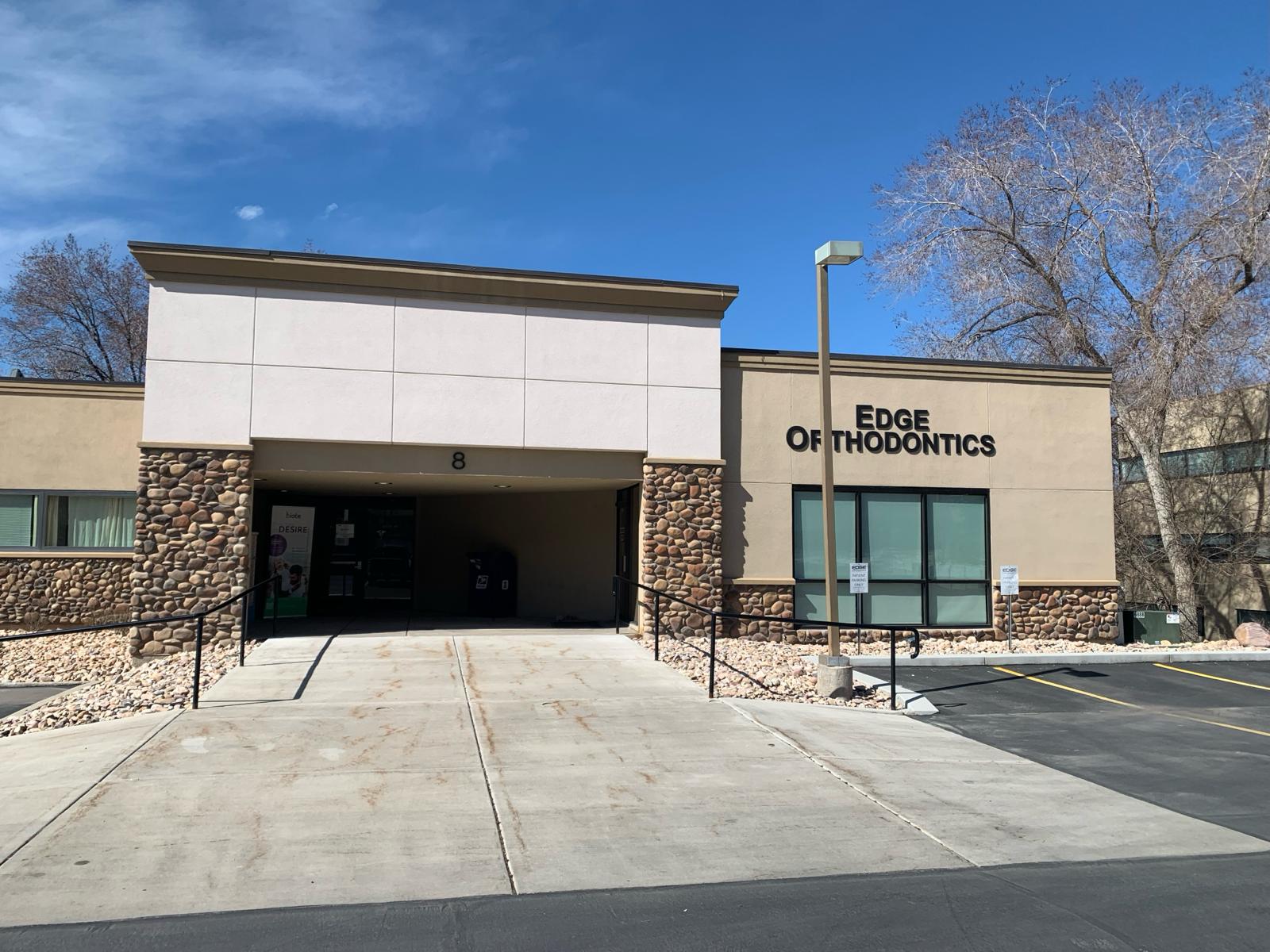Advanced Regenerative Medicine Center
Our mission is to empower you to achieve a vibrant, pain-free life through natural, regenerative wellness care.
$2500* for two
IDEAL FOR THOSE STRUGGLING WITH PTSD AND ANXIETY
Diminish pain, anxiety and stress with our powerful reset for your brain's and body's stress responses.
From $900*
IDEAL FOR THOSE IN DAILY PAIN OR RECOVERING FROM AN INJURY
Understand the root cause of pain and treat it precisely with a regenerative solution. Get back to your favorite activities without surgery.
Our Medical Team
"We believe in your body’s ability to heal itself."
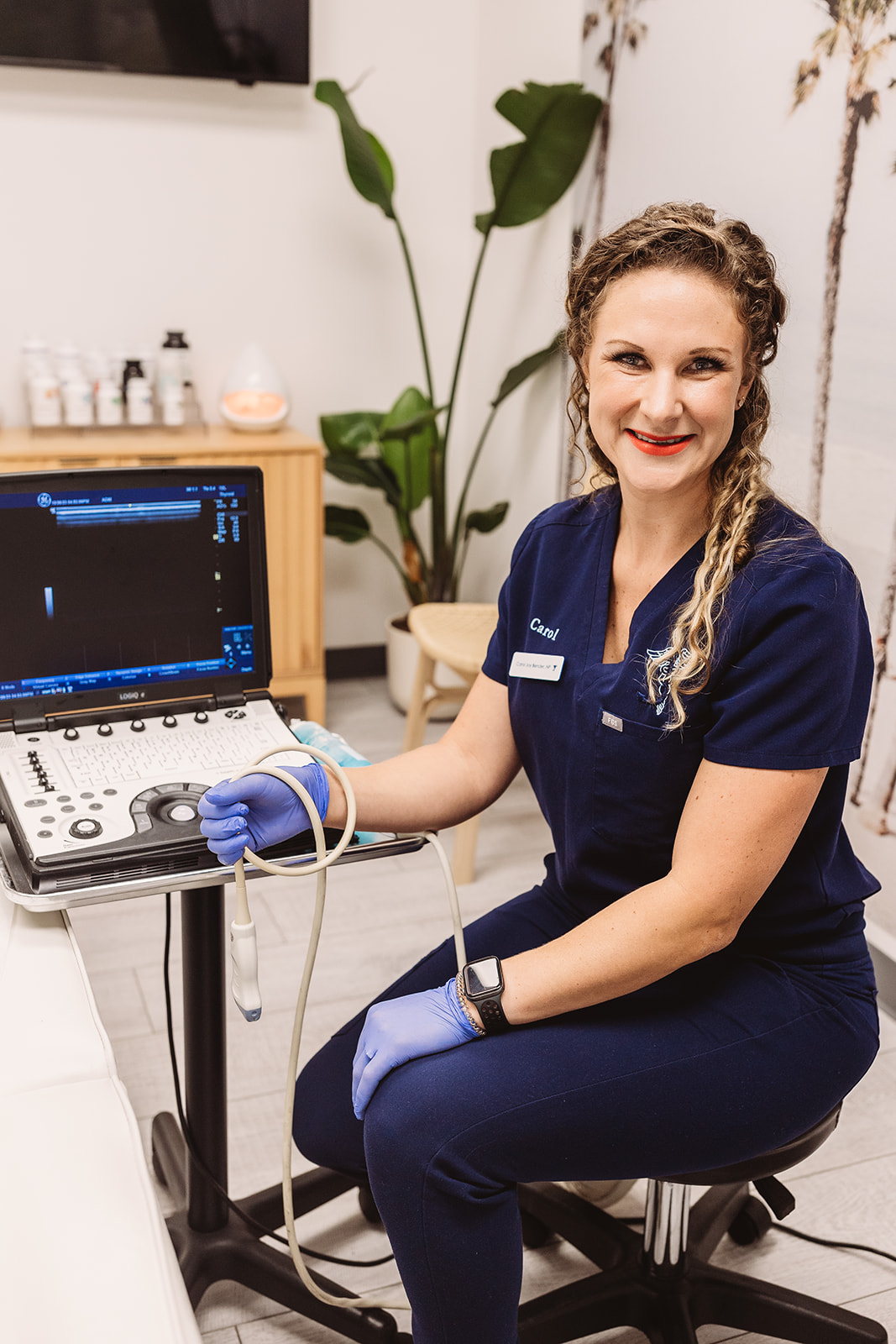
Meet our Founder
Carol Joy Bender
Nurse Practitioner.
Graduate of The Wharton School and the University of Pennsylvania School of Nursing.
Become A Member
Best for people interested in IV Therapy, Vitamin Shots, wellness technology and routine biomarker testing with medical results review.
- Ultrasound-Guided Injections
- Integrative Functional Medicine
- IV Therapy
- Hormone Therapy
- Sexual health
As integrated pain specialists, we utilize ultrasound-guided injections to provide precise treatment for effective pain and symptom management, supporting your body’s extraordinary healing capabilities.
Using personalized, holistic care, we address various health issues, including chronic conditions like rheumatoid arthritis. Our naturopathic doctors and integrative medicine practitioners combine traditional and innovative healing practices, providing you with the optimal path to wellness through a unique blend of holistic and functional medicine strategies.
While nestled in our plush recliners, allow yourself to be transported to a realm of tranquility as our personalized IV drips work to revitalize your body and your spirit.
We are committed to partnering with you in navigating the path to renewed energy and vibrancy, offering you a sanctuary where youth and vitality are not just recaptured but sustained. Our personalized hormone replacement treatments restore your body’s delicate balance, allowing you to experience life with the vitality you deserve.
Discover rejuvenated sexual wellness in our premier sexual health department, where we offer proven treatments for erectile dysfunction for men and the transformative O-Shot for women. Embark on a journey to revitalize your intimate life with our team members dedicated to restoring your confidence and pleasure in a confidential and supportive environment.
What Our Guests Have to Say
Five Star Rating based on 300+ reviews
OUR LOCATIONS
Stop by One of Our Modern and Vibrant Locations
Read Our Blog

Reversing Chronic Trauma With a Nerve-Blocking Injection
Stellate ganglion blocks appear to reset the sympathetic nervous system and deliver powerful results for those suffering with PTSD.
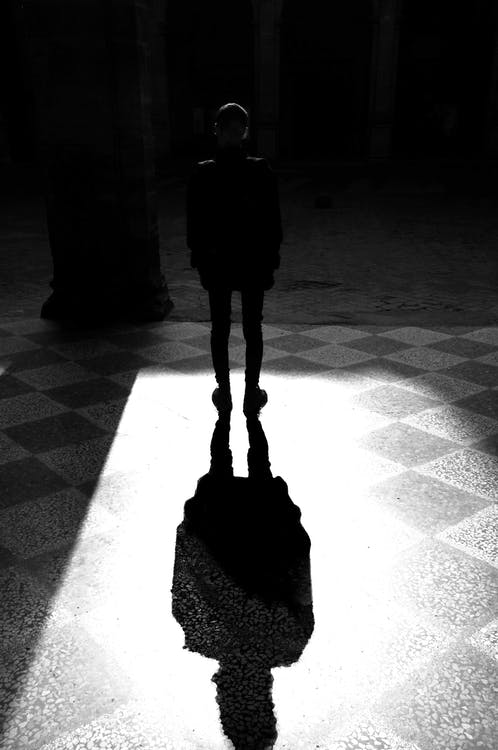
Ketamine IV Infusion Therapy: How Does It Help Depression?
Ketamine IV infusion therapy is a new and effective treatment for depression. Learn how it works and find out if it could be right for you.

What is your gut telling you?
Our digestive system is made up of the GI tract which runs from our mouth to our anus and includes everything in between (esophagus, stomach, small intestine and large intestine), as well as the liver, pancreas, and gallbladder.
*Pricing is specific to each location. Please regard the pricing listed for San Diego, CA, as a reference point and contact your nearest location to confirm the precise pricing details.








